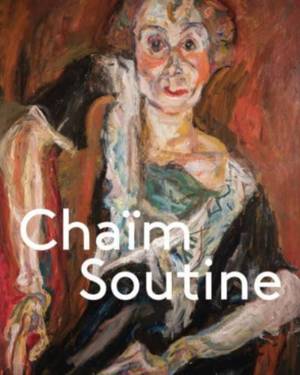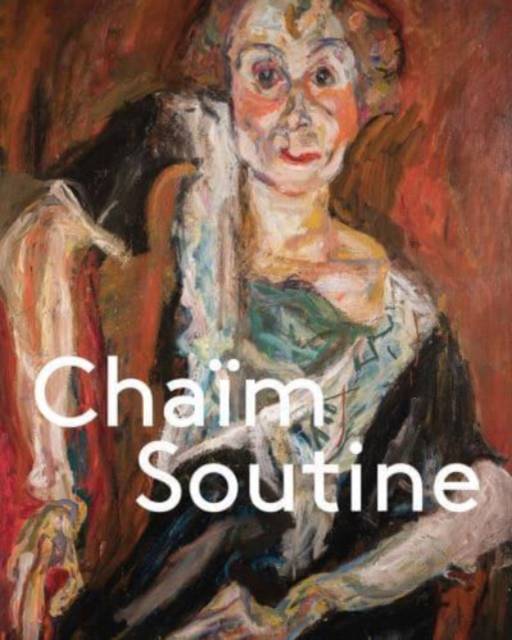
- Retrait gratuit dans votre magasin Club
- 7.000.000 titres dans notre catalogue
- Payer en toute sécurité
- Toujours un magasin près de chez vous
- Retrait gratuit dans votre magasin Club
- 7.000.0000 titres dans notre catalogue
- Payer en toute sécurité
- Toujours un magasin près de chez vous
Chaïm Soutine: Against the Current
against the current
Susanne Gaensheimer, Susanne Meyer-Büser, Claire Bernardi, Sophie KrebsDescription
Themes of exile and alienation in the early work of Soutine
Inspired by Rembrandt, Chardin and Courbet, Chaïm Soutine forged a new Expressionist idiom that bridged art history and modernity in its articulation of human vulnerability and existence on society's margins. His impasto portraits, executed in broad brushstrokes, his agitated, frenetic landscapes and his famous paintings of slaughtered animals all express, in vivid colors, an intense hunger for life and profound alienation in an uncertain world.
Despite the recognition his work received, Soutine remained an outsider throughout his life, a stranger to the social manners of his adopted home in France. This catalog focuses on his early masterpieces and series created between 1919 and 1925. Addressing the overarching theme of emigration and dislocation, essays reveal the traces of Soutine's Jewish origins in his work; illuminate the significance of his motifs and the metaphorical resonances of his animal carcasses; and show the influences of Soutine's art up to the present day.
Chaïm Soutine (1893-1943) grew up in a shtetl near Minsk. In 1913 he arrived in Paris and moved into the legendary artist residence La Ruche (the Beehive), working alongside artists such as Chagall and Modigliani. Fleeing the Nazis, he died in 1943. His work has proved enduringly influential for artists such as de Kooning, Pollock, Bacon and Dubuffet.
Spécifications
Parties prenantes
- Auteur(s) :
- Editeur:
Contenu
- Nombre de pages :
- 160
- Langue:
- Anglais
Caractéristiques
- EAN:
- 9783775755412
- Date de parution :
- 07-11-23
- Format:
- Livre relié
- Format numérique:
- Genaaid
- Dimensions :
- 224 mm x 279 mm
- Poids :
- 1043 g

Les avis
Nous publions uniquement les avis qui respectent les conditions requises. Consultez nos conditions pour les avis.






